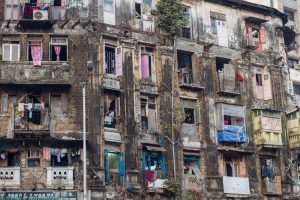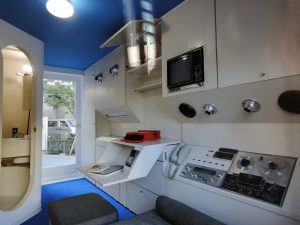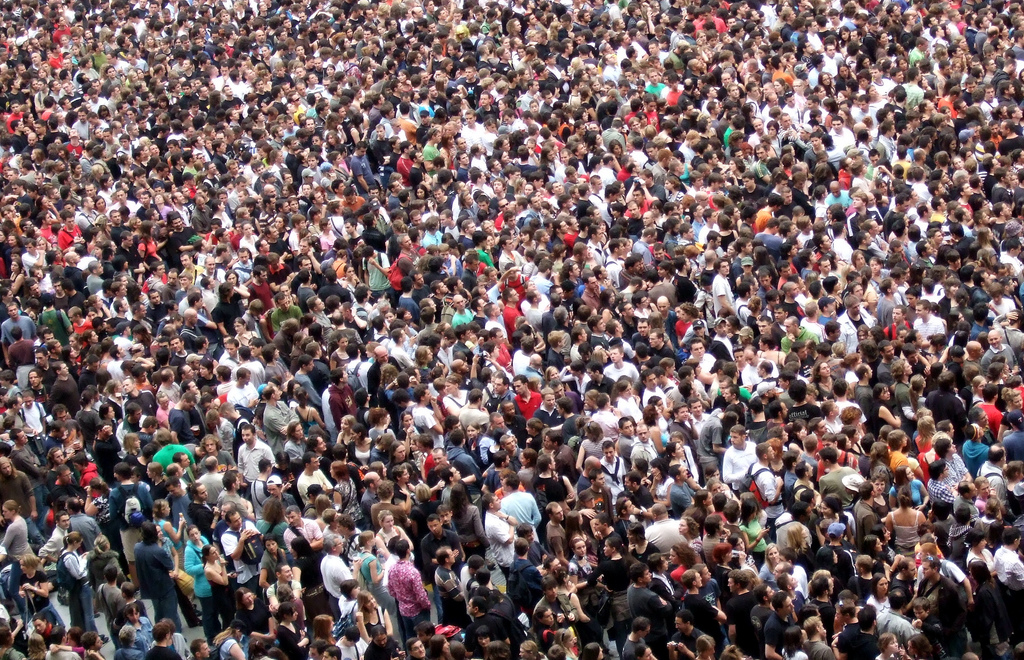‘By 2050 more than two-thirds of the world’s population is projected to be living in urban areas.’- say the United Nations ( UN). They claim that it becomes harder for cities to adapt to growing density and to provide people with living facilities.
Building communities
If you take a look at history, people started living in groups in one place 12 thousand years ago and since then, the number of people living in one area only grew. Desire to live in a sedentistic culture came as people from nomadic pastoralism began growing their own crops and animal husbandry. Several years later some villages turned into towns and bigger cities, some of which eventually became metropolises through increasing industrialisation.
Towards the end of the 17th-Century large manufacturing companies started to appear which required a large work force. That caused people, who wanted to earn money, to move to the cities with their families. To live in urbanized areas also meant quick access to services which were not accessible for people who lived outside the city. Today people move to urbanized areas for similar reasons, industries are still growing, more opportunities can be reached, and most, if not all daily needs are provided for within walking distance.
Apartment in metropolitan area may seem like a privilege
Today, the world’s population is exponentially growing. Not only are there already 7.6 billion people on earth, future predictions state that by 2050 there will be 9.8 billion inhabitants.. The Global Cities Institute at the University of Toronto projects that by then 8 cities in the world will have more than 30 million people living in them. The densest cities are in India, as 3 of the 8 predicted largest cities by population are Mumbai, Delhi and Kolkata. With that being said, metropolises are struggling to find living space for their excessively, fast growing population. Due to lack of space and high demand, people start living in small apartments with rents still being incredibly high. For example, Hong Kong – one of the most populated cities in the world- is having a hard time coping with this problem. With a population of nearly 7,5 million, it is also one of the most expensive. In other words, even a small apartment is too expensive for most people.

As a result the concept of ‘caged dogs’ appeared. People started to live in cages stacked one next to another in an old building. For this 6 feet long and about 2,5-3 feet wide ‘apartment’ they still have to pay HK$1,500 a year and the government cannot figure out a different solution, as they argue that it is difficult to find more land around the city area which would be appropriate to build living spaces. And this is just one example of many densely populated cities in the world.
Innovative housing approaches
Lack of living space in urban areas is a fast growing problem which gathers municipalities, architects, and private investors to find new ways of housing. One of the options is capsule homes which are gaining popularity in China and Japan. A first example of capsule apartment arrangements called Nakagin Capsule Tower was built in Shimbashi, Tokyo in just 30 days. It is a complete building made out of 140 capsules and each one of them was used as a tiny apartment, office, or a storage space. Today, only a few people live there, but the building constructed in 1972 spread the idea that it is possible to have micro-apartments which look like capsules and now it seems like a realistic future.

Since some urban cities do not have appropriate land to build new apartments, another idea to create housing spaces is to build underground cities. In Beijing, approximately one million people already live underground. However, to live in basements or former bomb shelters is illegal since originally they were not designed for living. Technically it is possible to build living spaces underground since Finland already did that by creating a possible shelter city underneath the city of Helsinki. It is suitable for living, has all necessary facilities, even shopping malls, and a swimming pool.
Growing population in already overpopulated cities is a severe problem which calls for action from the municipality. New housing solutions should be innovative, complex and satisfy the needs of a modern city citizen. If urbanized areas would adapt the idea of building living areas underground, suitable for people’s everyday life, this could help solve housing problems that the biggest cities in the world face today.
by Eligija Rukšytė
Photo Credits
Nakagin Capsule Tower, Dick Thomas Johnson, CC BY 2.0
Crawd, James Cridland, CC BY 2.0
Mumbai Chawls, Adam Cohn, CC BY-NC-ND 2.0








